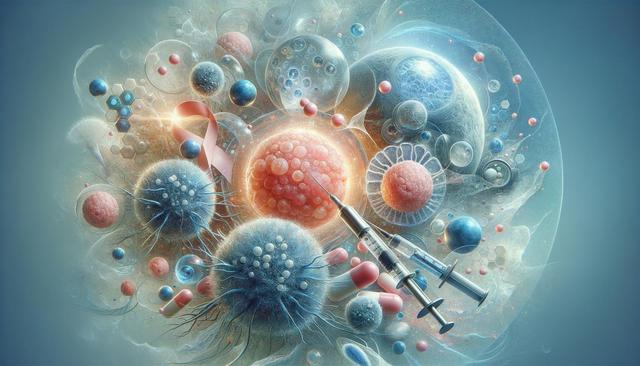What Is Ductal Carcinoma?
Ductal carcinoma is a type of breast cancer that originates in the milk ducts, which are responsible for transporting milk from the lobules to the nipple. It is one of the most frequently diagnosed forms of breast cancer and can be classified as either ductal carcinoma in situ (DCIS) or invasive ductal carcinoma (IDC). DCIS is considered non-invasive, meaning the cancer cells are confined to the ducts, while IDC has spread to surrounding breast tissue. Understanding the nature of the specific type of ductal carcinoma is essential for determining the most suitable treatment approach.
Early detection plays a significant role in the success of treatment. Regular mammograms, clinical exams, and awareness of breast changes can help in spotting the disease at an earlier stage. Once diagnosed, a healthcare team typically evaluates factors such as tumor size, grade, hormone receptor status, and HER2 status to develop an individualized treatment plan. These factors influence not only the type of treatment but also its intensity and duration.
Common Treatment Options
Treatment for ductal carcinoma usually involves a combination of therapies aimed at removing the cancer and reducing the risk of recurrence. The most common options include:
- Surgery: Lumpectomy or mastectomy to remove the tumor or entire breast tissue.
- Radiation therapy: Often used after surgery to eliminate residual cancer cells.
- Hormone therapy: For hormone receptor-positive cancers to block cancer growth.
- Chemotherapy: Used in certain cases to target rapidly growing cancer cells.
- Targeted therapy: Focuses on specific characteristics of the cancer, such as HER2 positivity.
The choice of treatment depends on whether the carcinoma is in situ or invasive. For DCIS, surgery followed by radiation may be sufficient. For IDC, a more aggressive combination of surgery, chemotherapy, and targeted treatments might be necessary.
Personalized Treatment Approaches
Personalization of treatment is a growing trend in cancer care. Oncologists consider multiple individual factors to tailor treatments that offer the highest potential benefit with the fewest side effects. These include:
- Genetic testing to identify mutations like BRCA1 or BRCA2
- Oncotype DX testing to evaluate the likelihood of cancer recurrence
- Patient preferences, lifestyle, and overall health
Such personalized approaches help ensure that patients receive not only effective but also manageable treatments. For example, a patient with a small, hormone receptor-positive tumor might avoid chemotherapy and instead opt for surgery and hormone therapy. On the other hand, a larger or more aggressive tumor might necessitate a more intensive regimen.
Managing Side Effects and Recovery
Like many cancer treatments, the therapies used for ductal carcinoma can come with side effects. Each treatment type has its own potential impacts, such as fatigue from radiation, nausea from chemotherapy, or hot flashes from hormone therapy. Managing these side effects is a critical part of the treatment journey and involves:
- Regular communication with healthcare providers
- Use of supportive medications to alleviate symptoms
- Integrative care options like physical therapy, nutrition counseling, and mental health support
Recovery also includes follow-up care to monitor for recurrence and manage long-term effects. This may involve periodic imaging, blood tests, and physical exams. Lifestyle changes such as exercise, healthy eating, and stress management can contribute to improved outcomes and quality of life after treatment.
Support Systems and Resources
Emotional and psychological support is just as important as medical treatment. Many patients benefit from connecting with support groups, counselors, and patient advocacy organizations. These resources can provide:
- Emotional support through shared experiences
- Educational materials about diagnosis and treatment
- Practical help with transportation, finances, and navigating healthcare systems
Family and friends also play a vital role in a patient’s emotional well-being. Encouraging open communication and involving loved ones in the care process can make a significant difference in coping with the challenges of treatment. Additionally, some patients find value in journaling, meditation, or engaging in creative activities to process their experiences and maintain a sense of control.
Conclusion
Treating ductal carcinoma involves a comprehensive approach that combines medical expertise, personalized care, and emotional support. Whether facing DCIS or invasive ductal carcinoma, understanding the available treatment options and being actively involved in decision-making can empower patients throughout their journey. With advancements in detection and therapy, many individuals are able to manage the condition effectively and maintain a high quality of life. Staying informed, seeking support, and working closely with a trusted healthcare team are key elements in navigating treatment and recovery with confidence.




Leave a Reply